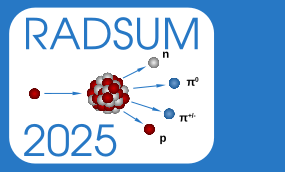Speaker
Description
It is crucial to immobilize magnetic vortices threading the superconductors. Capturing vortex pinning from microscopic interactions with defects poses a very difficult yet insightful task. The theory of strong vortex pinning provides the necessary starting point. We revisit the different regimes of strong-pinning theory and investigate them using large-scale numerical solutions of the time-dependent Ginzburg-Landau equations [1-3]. We explore the magnetic-field dependence of the critical current density, jc(B), for superconductors containing defects with different sizes and densities. In a wide parameter range, the vortex configuration is disordered and jc(B) features a power-law decay, where the power index decreases with the particle density. We find a first-order transition of the pinning ground state towards double-occupancy of defects leading to a non-monotonic pin-breaking force and peak effect. Our results provide a framework investigating pinning properties of irradiated materials in fusion applications.
[1] RW et al., Physical Review B 93 064515 (2016)
[2] RW et al., Superconductor Science and Technology 31 014001 (2017)
[3] RW et al., Physical Review B 98 054517 (2018)
